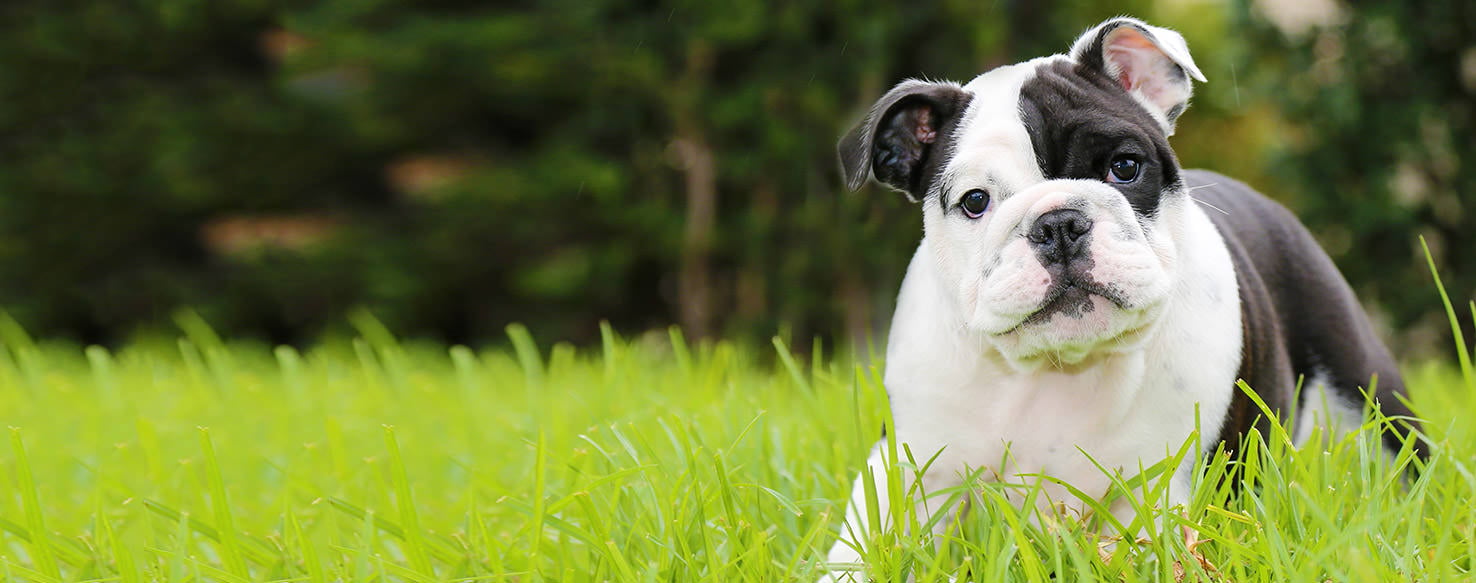Dog’s have expressive eyes that speak of their intelligence and their adoration for us. Our pups are irresistible and their persuasive way of getting us to take them for a walk or feed them their meal a few minutes ahead of schedule proves the power behind their baby blues and browns.
It’s important to be aware of changes that may take place in your dog’s eyes and to have them checked by the veterinarian if there are signs of redness, cloudiness, discharge, or irritation. Your dog’s eye health is a window to their overall well-being, and it’s essential that we take care of this crucial part of our dog’s social interaction with people. Know how to care for your best buddy’s eyes to prevent common eye issues and to be on top of those that occur systemically.
Know The Common Dog Eye Problems
Trauma to the Cornea- Dogs are active and enjoy a good run through a field, a vigorous hike up a hill, and after a game think that a roll in the grass is the perfect finishing touch. Activities like these, while fun and a great way for canines to burn off extra energy, bring with them the risk of dog eye problems in the form of scratches, punctures, or lacerations to the cornea.
We certainly won’t stop our furry companions from exercising to avoid an injury, and there are natural causes for a corneal tear like an anatomy problem within the eye. If you notice your dog rubbing the face or squinting, they may need antibiotic drops or a form of pain relief. Don’t delay, and take your dog to the vet if you see them display discomfort.
Glaucoma- When a dog has glaucoma, timely treatment is critical because the condition can lead to blindness. Red, teary eyes, dilation of the pupils, and cloudiness are symptoms, and in the extreme, the eye becomes swollen and enlarged. However, the observant pet parent who is knowledgeable in eye care for dogs will not allow glaucoma to get to this stage. At the earliest sign of trouble, take your dog to the clinic for an ocular examination.
Treatment will work to decrease inflammation and permit extra fluid to drain from the eye. The pressure from the abundance of liquid can be painful. Medication to lower the production of fluid is another treatment option. Often, surgery is needed in advanced cases of the disease.
Dry Eye - This is also called keratoconjunctivitis sicca. Signs in your dog can be eye mucus and irritation, squinting, and pain. Caused by a lack of tear production, loss of sight can result in severe cases. Breeds that are predisposed to dry eye are the Bulldog, Cocker Spaniel, Lhasa Apso, and the Shih-Tzu. There can be causes like an underlying immune-mediated disease that can be treated to cure dry eye. Artificial tears and medications that produce tears are also known to be viable treatments, although surgery is a possibility in hard to fix cases. The eye will need to be checked and treated for scratches and abrasions that may have occurred as a result of the lack of tear production.
Conjunctivitis - A thick discharge from the eye, as well as pain and redness, can come in to play when outside factors contribute. Some dogs will get conjunctivitis when bacteria or a virus enter the eye. Eyelashes that grow inward and irritate the eye can lead to the condition and so can reactions to irritants like dust or cigarette smoke.
The veterinarian may prescribe a simple saline solution wash or an antibiotic ointment. Also called pink eye, caring for this eye problem requires that you wash your hands after treating the eye, even though the risk of catching the disease is low.
Other eye problems that plague our furry friends are cataracts, entropion (folding in of the eyelashes), and cherry eye, a condition where the third eyelid bulges out. Breeds prone to eye problems like lens luxation, where the ocular lens moves from its normal position are Terriers, Cocker Spaniels, Border Collies, and German Shepherds.
Know Proper Eye Care
There are practical ways to ensure that your pooches beautiful blues or browns are maintained as healthy dog eyes.
Nutrition - Staying on top of your dog’s nutritional needs is an essential part of their overall care, including eye care. Sardines are power-packed fish that offer plenty of benefits to your dog, and enhancing eye health is one of them. Feed the sardines packed in water with no added salt. Start with a small quantity added to the meal to test your pup’s tolerance. Then, you can add the fish for a tasty addition to their breakfast. Additionally, blueberries are an antioxidant boosting fruit that will help your pooch’s immune system fight disease that can lead to eye issues.
Good Grooming Practices - When grooming your dog, check to make sure that the eyelashes are not growing toward the cornea. If your pup has long fur that grows near the eyes, trim it to prevent irritation to the eye. Wipe tear stains and crustiness from the eye area regularly, using warm water on a gauze pad. Be gentle and wipe outward as you clean. Throw away the gauze after each eye. When shampooing your dog, be careful to avoid the eye area.
Take Advantage of the Sun - When you have your dog out for a walk, stop in a sunny area and take the opportunity to look at their eyes. You can monitor your pet’s ocular health this way. Make sure your hands are clean and lower the eyelid to look for foreign particles, dust, or scratches. Note changes that you see in the iris and pupil and if the eye looks red, has changes in opacity, or puffiness in the eyelid, be proactive and have the vet take a look.


